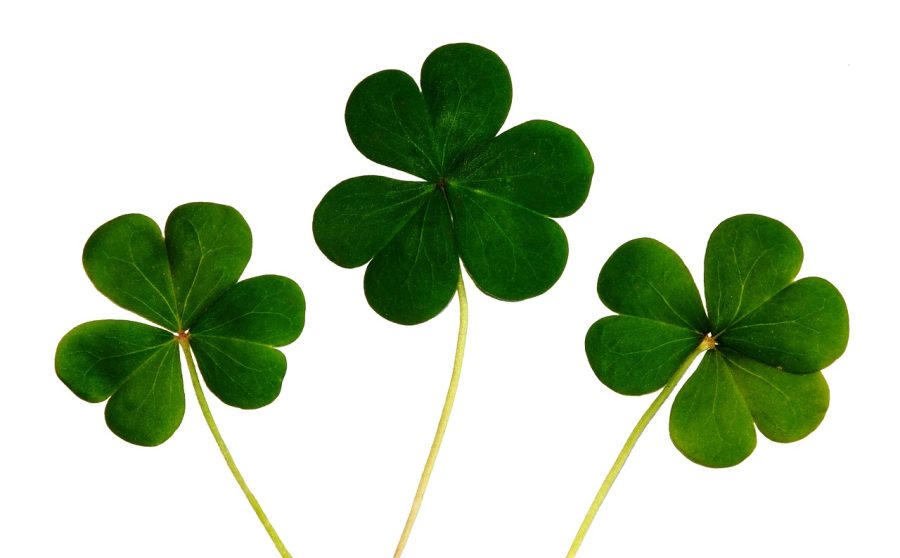Why is the Shamrock a Symbol of Luck?
The shamrock in modern culture is often associated with Ireland, but moreover as a
symbol of luck or fortune. Such a reputation naturally begs the question: What is the history of this symbol and how did it evolve into what it is today?
While many are certain of the shamrock’s origin being in Ireland, there are differing opinions on where the associations of shamrocks stem from. Many tend to believe that it comes from the early Celtic practices of the Druids, where they would use the three leaves to represent different aspects of Danu, the goddess of fertility and wisdom. These were Danu being a mother, her nurturing and responsibility; maiden, her beauty and potential for new life; and crone, her wisdom and guidance. The Druids also associated these aspects with the moon cycle, so the Druids would pray to a different aspect of Danu depending on the current moon phase. In line with this, the Druids carried these shamrocks around as a token of luck or fortune. Others tend to believe that the shamrock began with Saint Patrick, the patron saint of Ireland. Patrick used the shamrock as a method of teaching, in that the leaves represent the Father, Son, and Holy Spirit of the Blessed Trinity.
Either way, both contribute context as to how the shamrock evolved into its current symbolism of luck. With the Druids praying for fortune by the shamrock and Saint Patrick popularizing the plant, these ideas combined to form the lore that shamrocks are not only a symbol of Ireland, but also a symbol of luck.
Lucas Hernandez-Trujillo is currently a senior at Cardinal Newman High School. Hernandez is a well-rounded achiever, playing soccer, being a state finalist...










